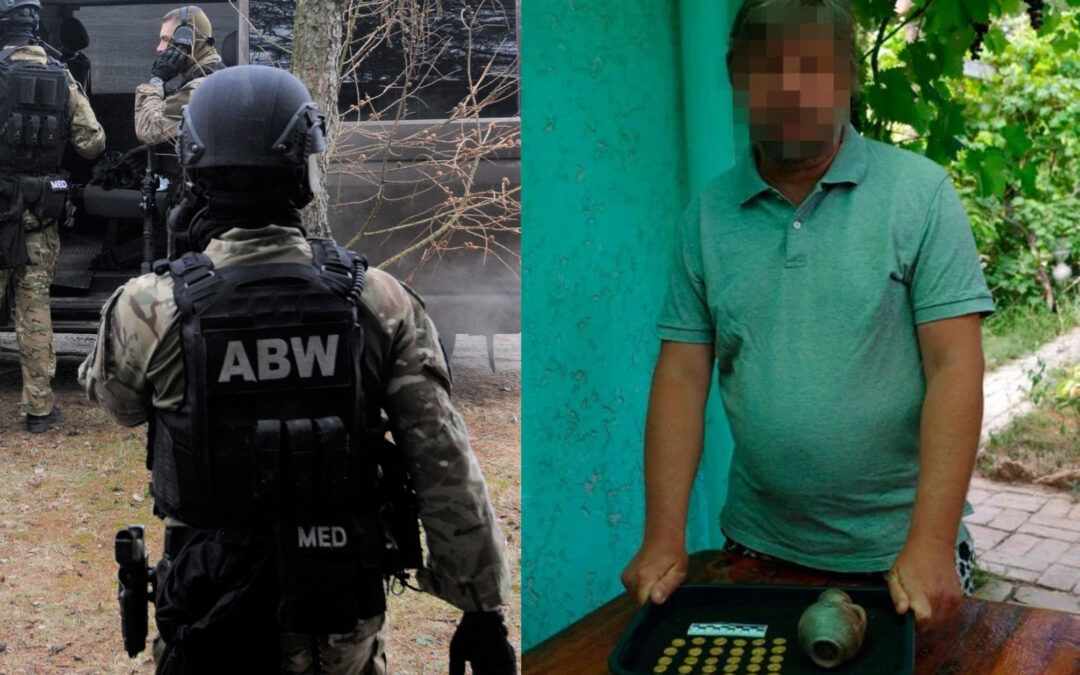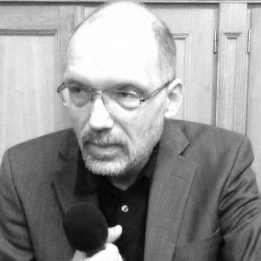There were almost 200,000 more deaths than births in Poland between July 2020 and June 2021. Taking into account a slight positive net migration rate, the country’s population therefore decreased by 192,000 over this period, according to the latest data issued by Statistics Poland (GUS), a government agency.
To counter the falling birth rates, Poland’s government has recently unveiled a new demographic strategy seeking to help new parents in the workplace, as well as in terms of housing and child care.
GUS:
W maju urodziło się 27,5 tys. dzieci (29,2 tys. rok temu)
W czerwcu urodziło się 28,8 tys. (31,1 tys. rok temu).W ostatnich 12 miesiącach urodziło się 343,9 tys. dzieci ⚠️
Zmarło 539,8 tys. osób.W ostatnich 12 miesiącach o 195,9 tys. więcej zmarło niż się urodziło ⚠️ pic.twitter.com/2FAs0EBkwZ
— Rafał Mundry (@RafalMundry) July 23, 2021
According to the latest statistics, only 343,900 children were born in Poland between last July and June this year. The number of births is the lowest figure since World War Two, reports Gazeta.pl. The previous lowest number was in 2003, when 351,100 children were born.
In the same period, almost 539,800 people died in Poland. Earlier this year, GUS reported that in 2020 more people died than in any year since the end of the Second World War.
Poland's fertility rate has fallen to 1.44 children per woman, according to the latest Eurostat figures.
That continues a previous decline and is below the EU average of 1.53. With recent figures showing further drops, one economist warns of a "baby doom" https://t.co/Ut6sIrPsUl
— Notes from Poland 🇵🇱 (@notesfrompoland) April 8, 2021
Economist Łukasz Kozłowski noted that the country is suffering a “baby doom”. The average number of children born per woman in Poland has dropped to 1.44, one of the lowest fertility rates in the European Union, according to figures published by Eurostat in April.
Poland’s fertility rate in 2019 was lower than the EU average of 1.53 and significantly below the so-called replacement level of 2.1, at which enough babies are born to sustain population levels.
According to United Nations projections, if the current trend continues, by 2050 Poland’s population is likely to fall to around 33 million people, before plummeting to around 23 million by the end of the century.
Contrary to the government’s hopes, its flagship child benefit programme, 500 plus, has not boosted birth rates since its introduction in 2016. To ramp up efforts, the government has in the last month unveiled a demographics supplement to its so-called “Polish Deal” economics recovery package.
The new programme, Demographic Strategy 2040 (Strategia Demograficzna2040), aims to “strengthen the family” and “remove barriers for parents wanting to have children”.
“It’s the last moment to prevent the rapid decrease of the Polish population and reverse the trend or get back to the level, which does not bear negative consequences of risks,” said Barbara Socha, deputy minister for family and social policy.
Socha, quoted by TVN24, pointed out that the key problems concerning housing. “This is the first and most significant barrier that is quoted by Poles in all polls, which results in delaying the decision to have kids or makes couples opt against having them at all.”
The programme is now undergoing public consultations.
Poland’s demographic situation is further complicated by the fact that it is experiencing both large-scale emigration and immigration at the same time. It is hoped that the national census, taking place until the end of September, will bring greater clarity.
Main image credit: Marlena Maląg/Twitter

Agnieszka Wądołowska is deputy editor-in-chief of Notes from Poland. She is a member of the European Press Prize’s preparatory committee. She was 2022 Fellow at the Entrepreneurial Journalism Creators Program at City University of New York. In 2024, she graduated from the Advanced Leadership Programme for Top Talents at the Center for Leadership. She has previously contributed to Gazeta Wyborcza, Wysokie Obcasy and Duży Format.




















